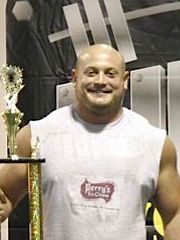 I'm travelling for a couple of weeks (back around March 15). In the meantime, here are a few hidden gems from the archives.
I'm travelling for a couple of weeks (back around March 15). In the meantime, here are a few hidden gems from the archives.
Enjoy.
10 Questions with Strongman Mike Gill
This is the first in a series of brief interviews I conducted with strength athletes from around the world. Hope you enjoy them.
1. Firstly, a bit of background. What is your name (and nickname), and where did you grow up.
Mike Gill. I was born in Buffalo, NY on November 19, 1972 making me 34 years old. I've lived in Buffalo and its suburbs for most of my life. I spent five years in Durham, NC where I owned three gyms, but returned home after never really adjusting to the area. Most people just call me Gill.
2. How did you get started in the sport?
I started seriously training with weights when I was 16. I had tinkered with them prior to that for years, but got dedicated after a "hardcore" gym moved into my town. I did a few bodybuilding shows in the 90s but I never could get lean enough. Besides, I like being bigger and training heavier; those two things don't happen when you are getting contest ready. So for 10 years I just maintained my size and strength and did a few other things. I ran a few duathalons (run, bike, run) some 10k's and did a short course triathlon. They fueled my competitive fire, but didn't mix well with my body type. Ben Hanson (the other Chasing Kaz writer) suggested I try Strongman. I tossed the idea around for a few months and then after watching the 2005 WSM from China I decided to give it a go. I did my first strongman workout in March of '06 and my fist competition 3 months later.
3. Which accomplishment (sporting or otherwise) are you most proud of?
Winning the Kumite Classic this year was a pretty awesome feeling for me. In my first year of competition I placed second in all three contests I entered; that was very frustrating. Getting the win assured me that I had the mental game to make it happen.
4. What are your goals for the next year or so? The next 10 years?
I would like to crack the top 5 at nationals this year. The competition keeps getting stiffer each year as the sport grows and that's good, because it means the US as a whole is getting stronger at the sport. I think I have the tools to get my pro-card in the next 18-24 months, so that's my long term goal. Other than that I would just like to stay healthy and continue to get bigger and stronger.
5. What changes in the sport have you seen over the years? What would you like to see?
I would like to see more odd events in contests, but standardization for getting your pro- card. That may sound confusing, so I'll explain. To get your pro card now you have to win the amateur division at a pro-am or win Amateur Nationals. A few years back this was a good system as there were literally just a few competitors at each contest and the sport was much smaller. Now there are many guys competing for just a few spots each year, with many of the contests held in small remote locations. It's expensive to get to and sometimes the best don't show up, allowing a lesser competitor to earn a pro-card.
If NAS switched to regional qualifying meets then you would assure a more even system for earning a pro card. Qualifying meets would all have the same events and a certain time or number would earn you points. All participants with enough qualifying points at the end of the day would earn their cards. For example to earn a pro card you would need to clean and press a 300lb log 3 times, run a 315lb per hand 100 ft farmers walk in 24 seconds, deadlift a 800lb side handle apparatus, flip a 900lb tire for 50' and then drag a 500lb sled, and then do a series of 5 stones to fixed heights for a certain time. This would open the doors for more competitors to go pro, find sponsors and become better athletes.
Contests should take an opposite approach though. Logs are now all steel and plate loaded; people can't relate to the weight. Same thing with a bar that is loaded with 500lbs or 700lbs of plates, it all looks the same to the audience. To make it more interesting to the spectators (and therefore get more TV time) events should incorporate cars, safes, motorcycles, people, field stones; things that inspire awe in Joe Average when you lift them because they can relate to the objects.
6. Would you encourage up-and-coming athletes to follow the same path (as you have)? What would you do differently?
I didn't find this sport until I was 33 years old, so that's a bit late. What I would encourage younger athletes to do is try a variety of things until you find what you are good at and like at the same time. I've run into quite a few people who were good at something but no longer cared for it; it makes playing sports a chore instead of something great.
7. What types of training have you found to be most effective?
Low-volume, fluctuating intensity, high frequency training performed on the core lifts and events. It's the method the Bulgarian Olympic lifters perfected that has given them a truck load of medals from the 70s on. You limit the amount of work in a training session, but train more often. Instead of wearing down the muscle in one session you condition it to recover faster so you can train it sooner. When applied correctly with proper recovery you can hit the same lifts multiple times per week and you are fresh each time. It's great for me and my schedule.
8. What's your current training schedule like?
I'm a strength coach and personal trainer so I work a split shift every day. This enables me to train at around 11 AM every day (close to contest time) then eat and sleep immediately after. If I am doing splits I can get a second session in some time that afternoon.
Currently I train 4-6 days per week. I do one major lift during a training session like squats, press or dead and then do some auxiliary work. I limit training time to 40minutes. On Saturday I train events. We usually do 2 works sets per event and 3-4 events. We do this in about 2 hours.
9. What is your diet like - do you eat anything specifically to assist your training?
I eat a high fat, high protein diet, with moderate carbs. I rely mostly on food to get my calories and just a weight gainer or protein supplement if I am coming up short. I aim for a dozen whole eggs everyday along with 3lbs of red meat. I eat fish 2-3 times per week as well. My two sponsors are Perry's Ice Cream and Braun's Restaurant. I eat a ton so it makes it logical to have food companies behind me.
I stay pretty lean as well. I find it hard to get my bodyfat over 15% no matter what I eat. I compete at 280 and would like to be closer to 300 in the near future.
10. Are there any parting thoughts you'd like to share with our readers?
The most under-looked aspect of this sport (or any) is the mental game. In strongman you have to have great pain management skills. I've seen plenty of guys quit because they were tired or mentally beat, but still had the physical ability to continue. Doing sets of 10 reps with stones or tire flips for 2 minutes straight will get your conditioning up and raise your pain tolerance.
Consistency is key, as well. So many people want to know why they haven't changed after training for just a few months. You need to be dedicated to your training, diet and recover for years to make the best gains.
Thanks for your time Mike - it's greatly appreciated. Best of luck in your next competition!
You can contact Mike - and keep up with the world of Strongman - via his site, Chasing Kaz. It's a great read.

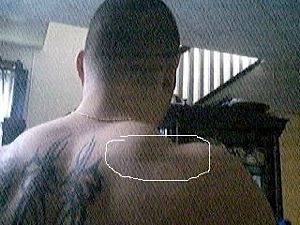 This is a guest post by powerlifter
This is a guest post by powerlifter 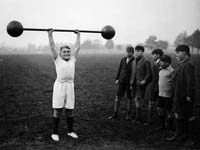

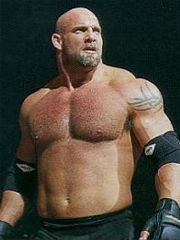
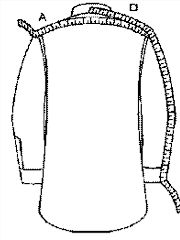 To a tailor measuring you up for a shirt (OK, imagine you're getting married or something; you can't wear t-shirts ALL the time), the yoke refers to the section from one shoulder to the other. Not around the back, but up and over the top. Bigger neck = bigger measurement.
To a tailor measuring you up for a shirt (OK, imagine you're getting married or something; you can't wear t-shirts ALL the time), the yoke refers to the section from one shoulder to the other. Not around the back, but up and over the top. Bigger neck = bigger measurement.
 To a tailor measuring you up for a shirt (OK, imagine you're getting married or something; you can't wear t-shirts
To a tailor measuring you up for a shirt (OK, imagine you're getting married or something; you can't wear t-shirts 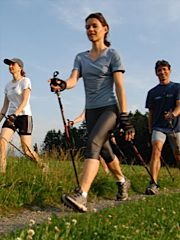

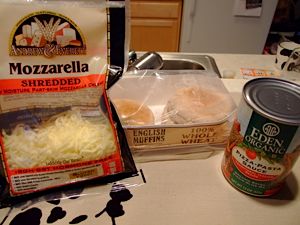 This is a guest post by
This is a guest post by 